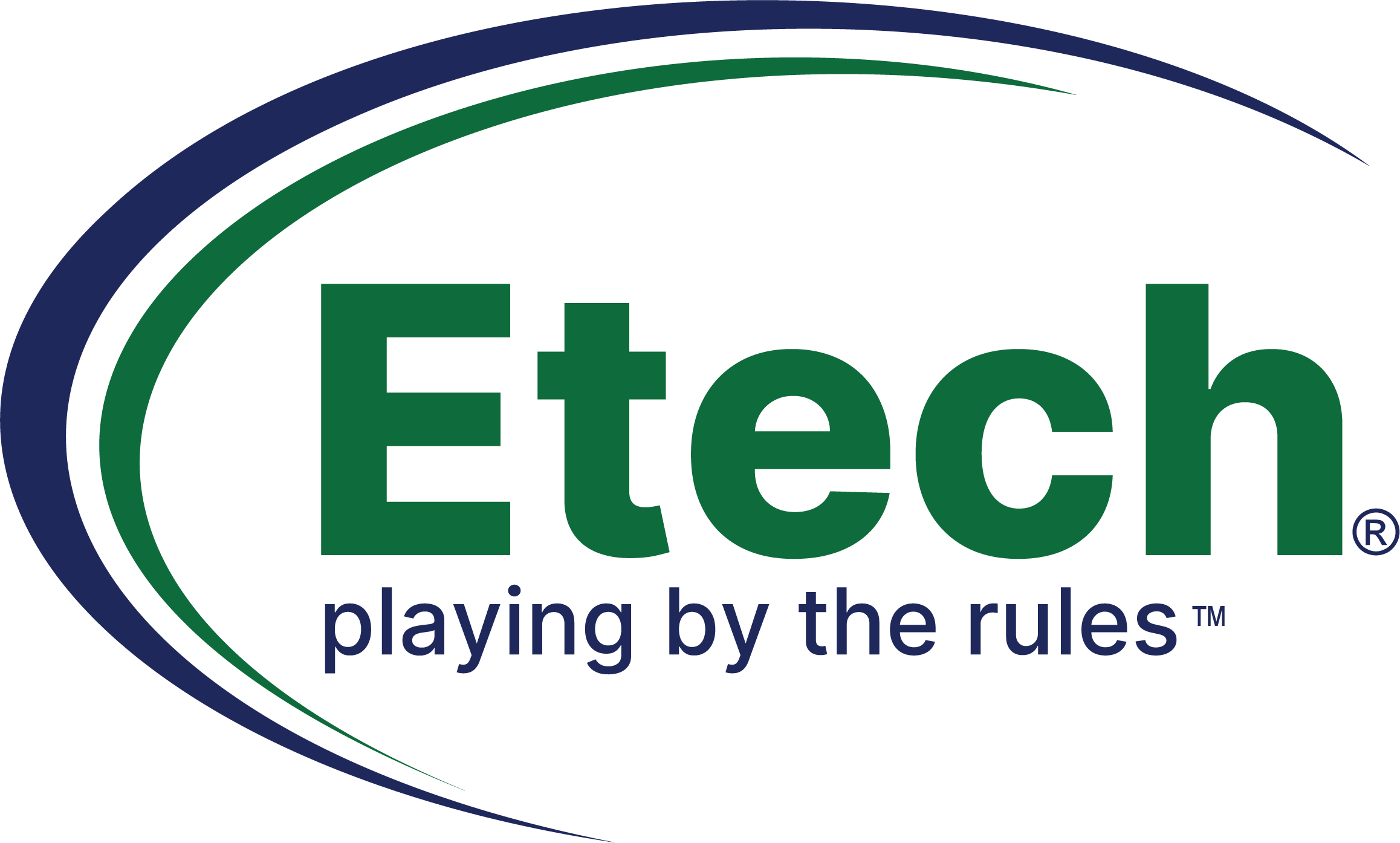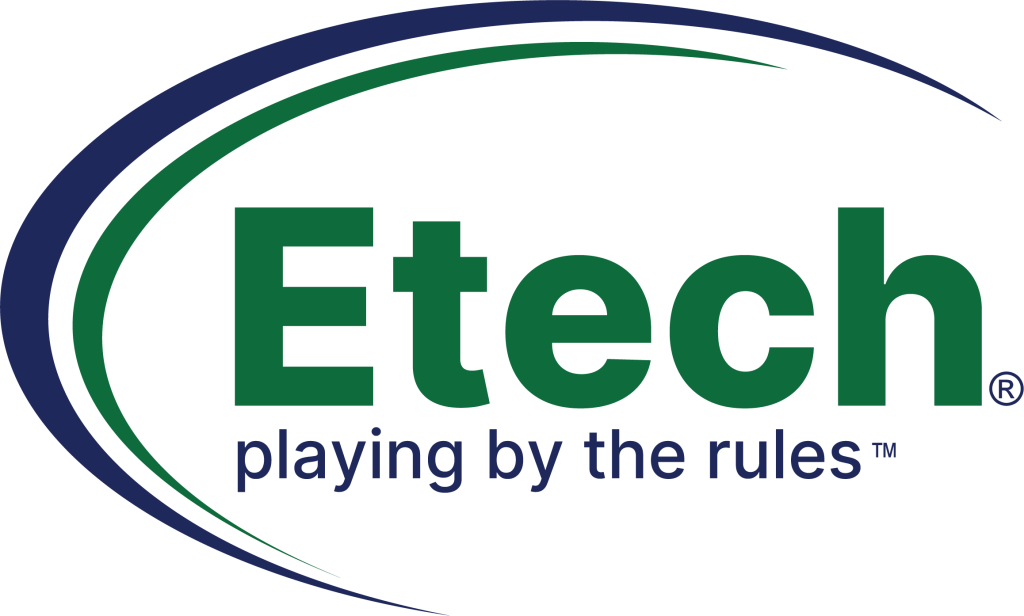5 Effective Tips to Raise Your Customer Service Standards
What Are Your Company’s Customer Service Standards? According to the Institute of Customer Service, your company’s customer service standards should include clearly defined and communicated expectations for timeliness, applicability, and accuracy. Service-level agreements are ideal examples of defined standards. It’s not enough to say that you’ll answer all calls within a reasonable period of time. Instead, a defined service level agreement would state that between 8 a.m. and 5 p.m. Monday through Friday, calls will be answered within an average of 30 seconds at least 98 percent of the time. Applicability relates to inquiries from customers, clients, or potential clients. The expectation is that 100 percent of the time, the response to an inquiry will answer all the parts of the question correctly. Setting applicability standards makes it clear to internal and external stakeholders that giving out incorrect or incomplete information is unacceptable in your organization. Applicability is a strong proponent of an effortless customer experience. Accuracy as part of customer service standards, for every business, should be 100 percent. Nothing less is acceptable in-house because nothing less is acceptable to your customers. Accuracy and applicability go hand in hand – applicability applies to information, and accuracy to products, or service delivery. How Can You Raise Your Standards? Now that you’ve defined your standards and expectations, how can you improve their success rate? No matter how good you are, you can always aim higher. These five tips can help you move the needle Omni-Channel Experience: Omnichannel is a cross-channel content strategy that organizations use to improve their user experience. Rather than working in parallel, communication channels and their supporting resources are designed and orchestrated to cooperate. Whether your client interacts with your business via voice call, chat, email, social media, text messaging, website, or some other method, every interaction is recorded and related so that future touchpoints all share the same information. An example of a seamless omnichannel experience would be when a customer sends a message through your Facebook page with a question about a product and later calls the customer service phone number, the phone representative can see the information from the Facebook interaction and have a complete and up to date picture of the situation. Empowerment: Even in the age of so much technology, the human touch still reigns supreme when it comes to customer experience and satisfaction. Consumers expect a confident, knowledgeable voice on the other end of the line to take care of their questions or issue accurately and efficiently, preferably on the first interaction. However, your team members can only do that if they are knowledgeable, empowered to make decisions for the customer and the company, and have the technical toolbox required to deliver on each interaction. You must make sure they have the tools at hand and the authority built into your policies to take care of your customers without having to climb ladders for permission. Agent Experience directly translates into Customer Experience; any friction points the agent encounters will ultimately be felt by the customer. Developing a culture of servant leadership combined with purposeful training, coaching, and development provide agent the confidence they need to expertly handle each customer. Tie Your KPIs to Customer Service: Key performance indicators (KPIs) have traditionally been tied to quantity measurements, such as the number of calls processed per hour. Times-they-are-a-changing; more and more organizations now understand the value of tying customer satisfaction to the company’s overall performance measures. Team members who use everything within their power to create satisfied customers are now recognized as some of a company’s most valuable assets. They have the powerful ability to encourage loyalty and a deeper relationship with your customers. Prioritize culture, training, and employ enrichment and the numbers will follow; a robust and action-oriented ESAT program creates an environment of engaged employees and shared success. Consolidate Your Data: Gone are the days when each department within your company kept a separate file on each customer. With customer management software available in almost every industry, it’s easy to pull together a profile on each customer that the different areas can share. Your sales department can see how a client interacts with materials from marketing, for example. Your customer service team should have immediate access to client profiles so they can make the best decision possible. Data consolidation is the first step toward a cross-channel strategy. Integrate Artificial Intelligence: Artificial intelligence (AI) is not ready to replace your human customer service agents, but it has advanced enough to handle routine tasks or common inquiries. Many consumers consider it a good customer service experience when they can quickly and easily find what they need on your website or through your app. Automation adaption and bots can efficiently handle high-frequency, low-value interactions. This frees up your agents to handle more complex issues that require in-depth support. This balance of human and artificial intelligence can create a winning combination for satisfied clients. Why Does It Matter? Your company probably spends a significant part of its budget on marketing to draw in new customers. However, it’s equally important to hold onto the clients once you have them. Establishing high standards is only the beginning. Maintaining those standards requires constant vigilance, data gathering, communication, and analysis. With the advent of social media, the customer’s voice is amplified, and word of a bad customer service experience spreads like wildfire. That makes high customer service standards critically important to your company’s success. If you’re exploring service standards and experience management programs, Contact Etech today. We specialize in setting the bar high and consistently exceeding it! This blog was earlier published on LinkedIn.


